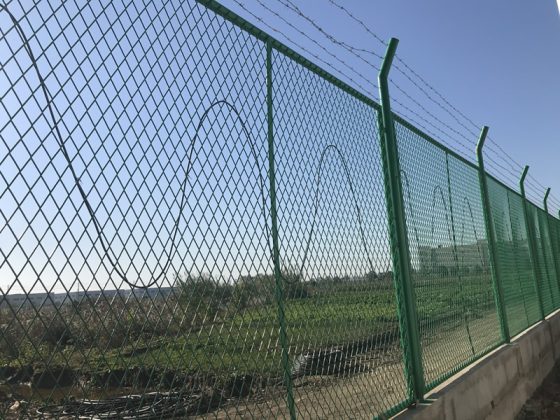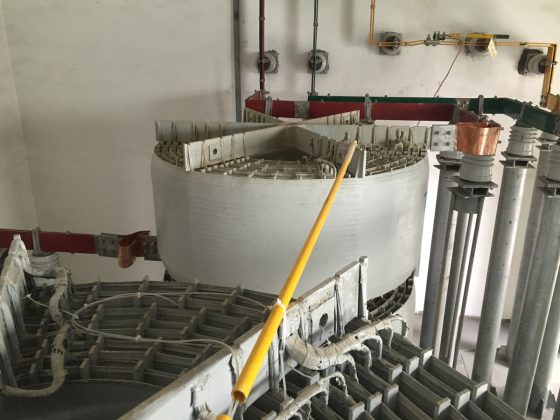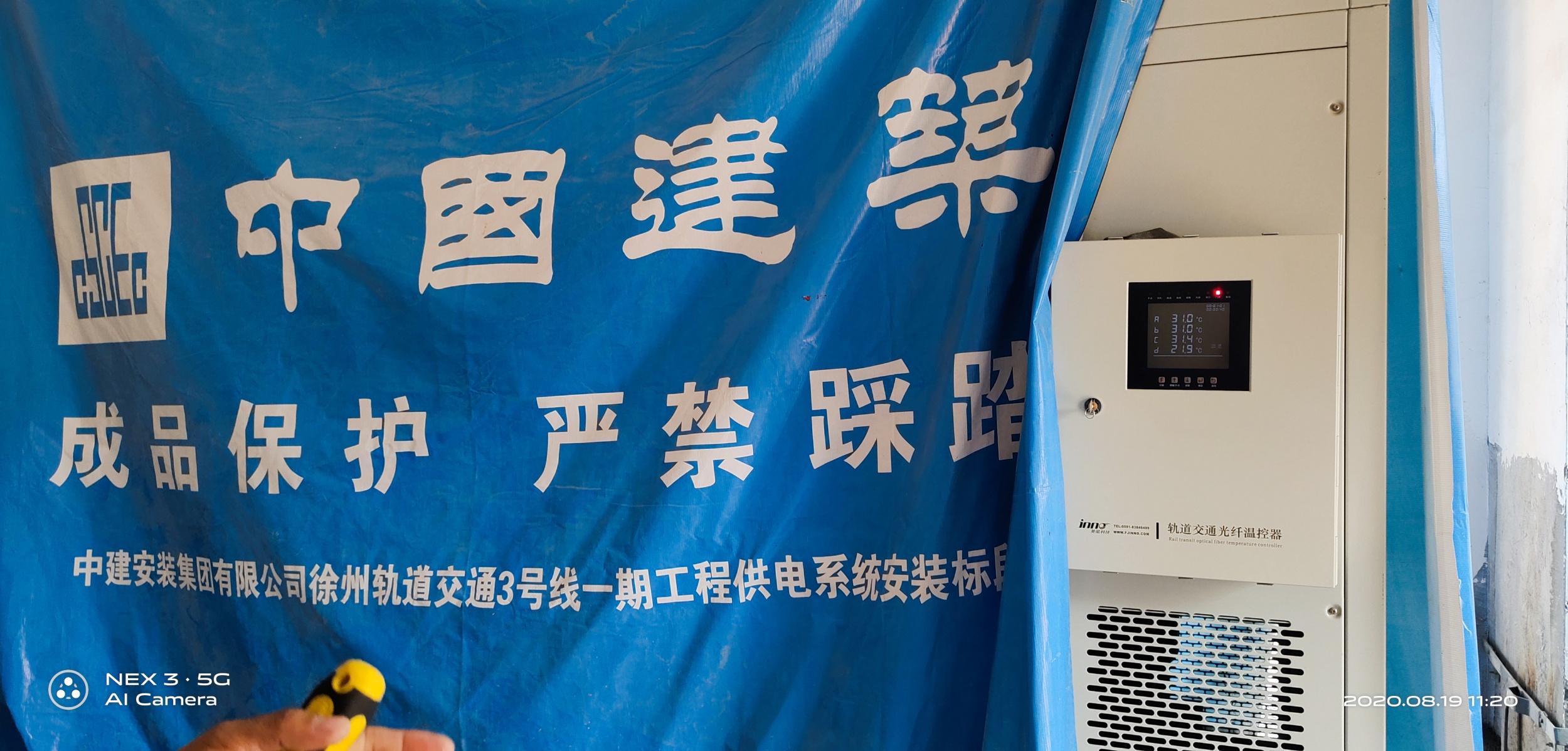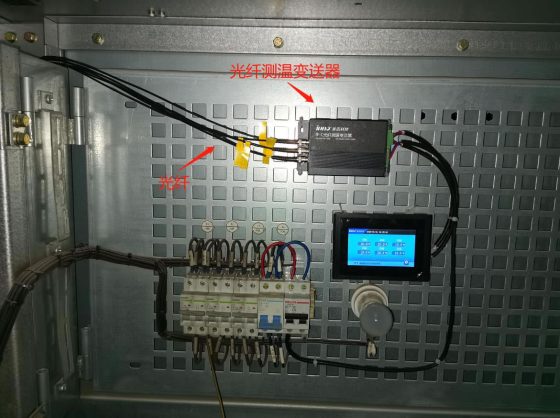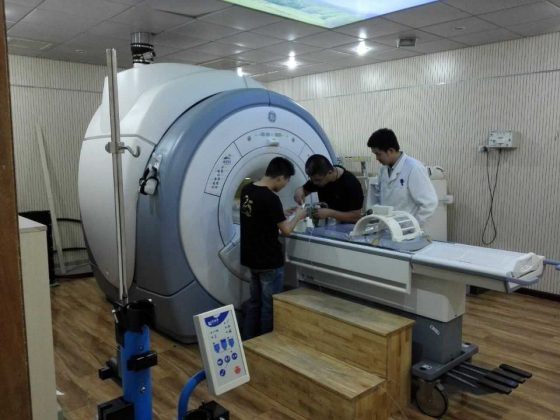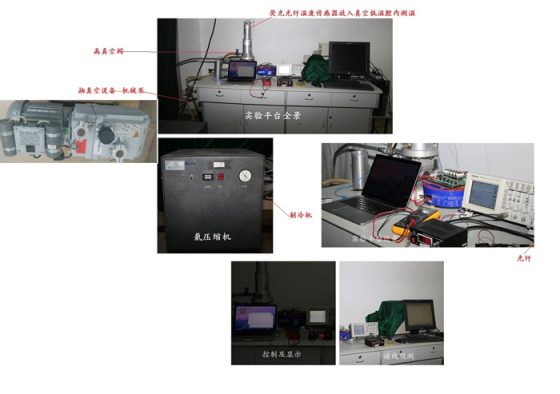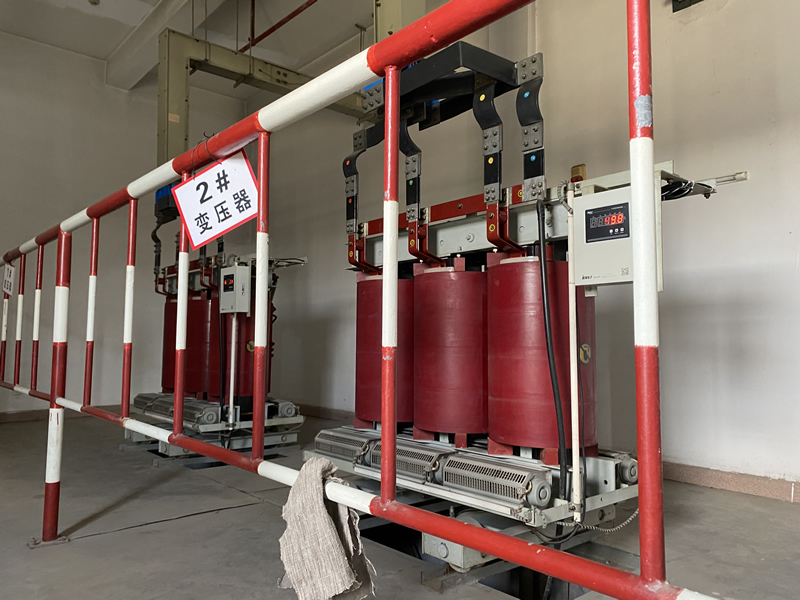
Dry type transformer temperature controllers play a very important role in airport power transformer systems, mainly reflected in the following aspects:
Protecting the safe operation of transformers
The airport has a high electricity load, which requires extremely high reliability and safety of power supply. Dry type transformers are prone to faults such as winding overheating and partial discharge when operating at high temperatures and heavy loads for a long time. In severe cases, they can even cause secondary disasters such as fires and explosions, affecting the normal operation of airports.
Awọn otutu oludari monitors the temperature of the transformer winding and iron core in real time. When the temperature exceeds the rated value, it can automatically start the fan for heat dissipation or issue an alarm signal. If necessary, it can even cut off the transformer load to avoid equipment damage caused by continuous temperature rise.
Extend the service life of transformers
The insulation materials of dry-type transformers are mainly epoxy resin and fiberglass. Although their heat resistance level is higher than that of oil immersed transformers, long-term exposure to high temperature environments can accelerate aging and shorten service life.
The temperature controller can accurately control the winding temperature to maintain it within a safe range, avoiding the impact and damage of temperature fluctuations on insulation. Reasonable temperature control can effectively delay the aging process of insulation, extend the service life of transformers by 5-10 odun, and significantly reduce the cost of equipment throughout its lifecycle.
Energy Saving
Traditional transformer temperature control often adopts timed ventilation or constant temperature control strategies, which have the problem of insufficient or excessive heat dissipation, resulting in energy waste.
The intelligent temperature controller can adaptively adjust the start stop and speed of the cooling fan according to the load situation and environmental temperature, achieving a dynamic balance between heat dissipation and heat loss, and minimizing the energy consumption of the cooling system. Research has shown that using intelligent temperature control can save more than 15% energy compared to traditional control methods.
Preventive maintenance
The temperature controller not only enables real-time monitoring and control of transformer temperature, but also has functions such as data recording, storage, and communication, providing data support for transformer status evaluation and fault diagnosis.
By analyzing historical temperature data and trends, hidden dangers such as abnormal temperature rise rate and poor heat dissipation of transformers can be identified in a timely manner, and potential types of faults can be predicted. Targeted preventive maintenance can be implemented, such as replacing cooling fans, cleaning ventilation ducts, ati be be lo., to avoid further deterioration of faults.
Improve power supply reliability
Most airport power supply systems adopt dual or multi circuit designs, which improve power supply reliability by operating multiple transformers in parallel. The temperature controller can achieve coordinated control of the temperature of parallel transformers, avoiding chain tripping caused by excessive load or poor heat dissipation of individual transformers.
Ni afikun, the temperature controller also supports both local and remote dual control methods, which can be switched to local manual control or remote automatic control as needed, improving the flexibility and reliability of the system. Once a malfunction occurs, maintenance personnel can take over the temperature controller in a timely manner, troubleshoot, and minimize power outage time.
As an indispensable “smart brain” for airport transformers, dry-type transformer temperature controllers can effectively ensure the safe operation of transformers, extend their service life, improve power supply reliability and energy utilization, and are of great significance for the intelligent upgrading of airport power systems. In the future, with the in-depth application of new technologies such as the Internet of Things and big data in the field of power, temperature controllers will also develop towards a more intelligent, networked, and integrated direction, providing higher quality and efficient services for the full lifecycle management of transformers.
share
Guangzhou Baiyun International Airport is located in Renhe Town and Huadong Town, Baiyun District, Guangzhou City, Guangdong Province, China. It is approximately 28 kilometers away from the city center of Guangzhou. It is one of the three major gateway hub airports in China and one of the top fifty major airports in the world. The predecessor of the airport was the old Baiyun Airport, which was built in 1932 during the 21st year of the Republic of China. In 1963, it was renamed Guangzhou Baiyun International Airport. On August 5, 2004, the new Guangzhou Baiyun International Airport was officially opened. twelve
Guangzhou Baiyun International Airport has two terminals, T1 and T2, with a total area of 1.1817 million square meters. It also has three runways, with lengths of 3800 mita, 3800 mita, ati 3600 mita, respectively. The airport has 269 standard seats, which can guarantee an annual passenger throughput of 80 million, a cargo and mail throughput of 2.5 million tons, ati 620000 aircraft takeoff and landing. It has opened more than 232 domestic and international shipping points in China, including nearly 90 international and regional shipping points and over 400 air routes.
In 2020, Guangzhou Baiyun International Airport had a passenger throughput of 43.7604 million, a cargo and mail throughput of 1.7592 million tons, ati 373400 takeoff and landing flights, ranking first, second, and first in China, respectively. It ranks first among global airports.
Guangzhou Baiyun International Airport focuses on green environmental protection in its development, with green facilities such as solar power generation system and rainwater collection system to reduce its impact on the environment. The airport also actively participates in various environmental protection activities to promote green travel.
Overall, Guangzhou Baiyun International Airport is a comprehensive transportation hub that integrates various functions such as air transportation, logistics distribution, and transportation. It has made important contributions to the economic development of Guangzhou and its surrounding areas, while also providing passengers with a convenient and comfortable travel experience.
Fiber opiti otutu sensọ, Ni oye monitoring eto, Pinpin okun opitiki olupese ni China
 |
 |
 |
 INNO okun opitiki otutu sensosi ,otutu monitoring awọn ọna šiše.
INNO okun opitiki otutu sensosi ,otutu monitoring awọn ọna šiše.

